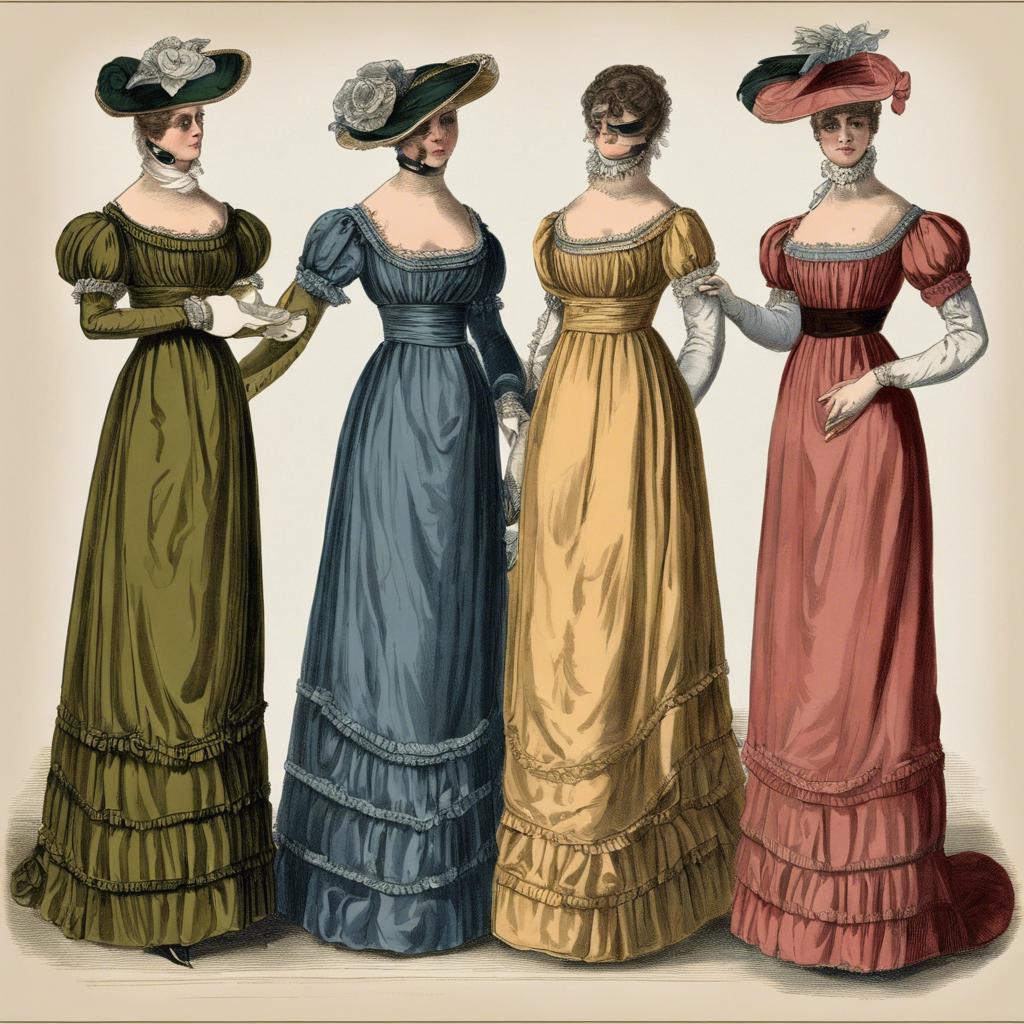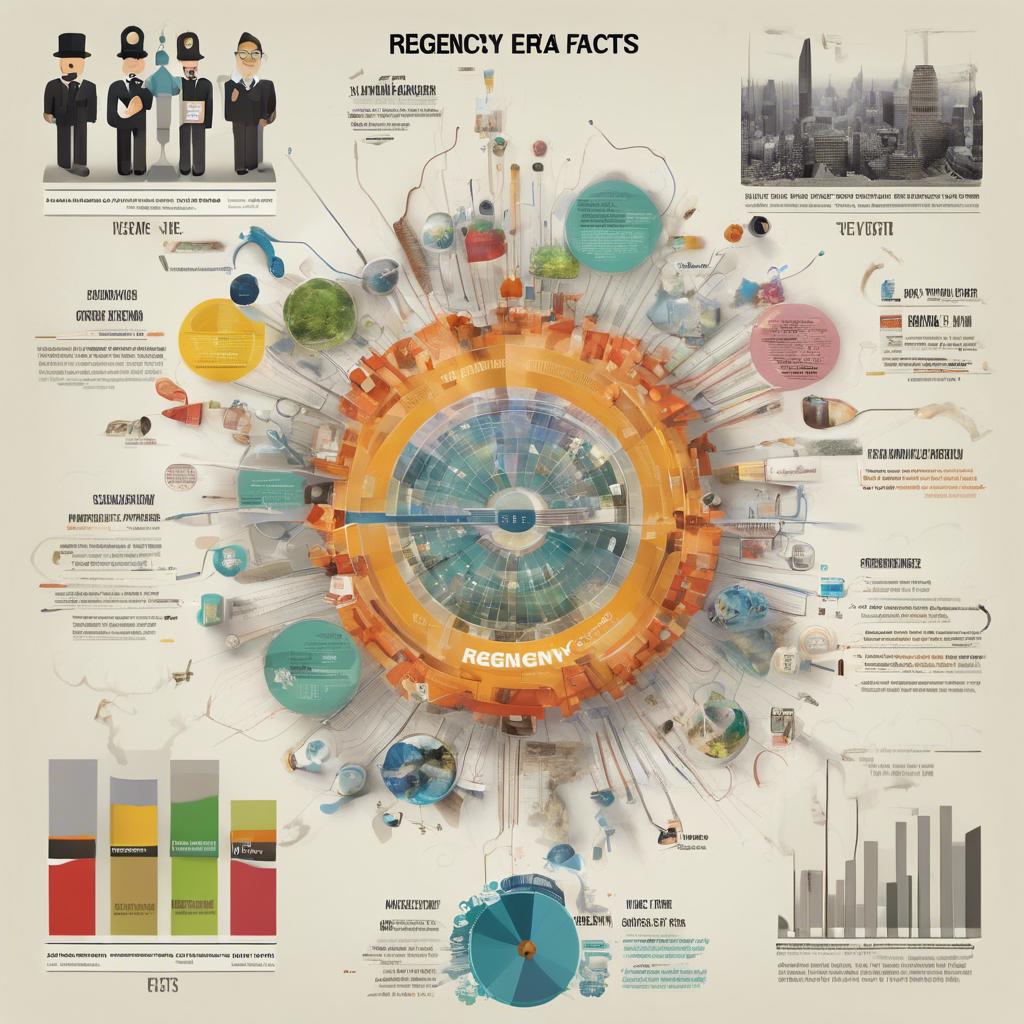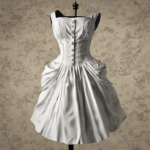The Regency Era, lasting from 1811 to 1820, was a transformative period in British history marked by cultural, political, and social upheaval. During this time, the Prince of Wales served as Regent in place of his father, King George III, who was deemed unfit to rule due to his mental illness. From fashion to literature, the Regency Era left an indelible mark on society. Join us as we delve into the fascinating facts and intricacies of this pivotal time in English history.
Step Into the World of Cheryl Bolen
Dive into the enchanting stories of love, intrigue, and elegance set in the Regency Era. Cheryl Bolen's novels offer timeless romance and captivating tales that will leave you wanting more.
Explore Cheryl Bolen's Books Now
Regency Era Fashion: Unveiling the Extravagance and Elegance of Attire
The Regency Era was a time of extravagance and elegance in fashion, with clothing styles reflecting the societal norms and values of the time. One of the most iconic features of Regency fashion was the high-waisted silhouette for both men and women, creating a slim and elongated look. Women’s dresses were often made from light fabrics such as muslin or silk, with delicate embroidery and lace for added embellishment.
Men’s fashion during the Regency Era was characterized by tailored coats with narrow lapels and high collars, paired with tight-fitting trousers and tall boots. Accessories such as top hats, cravats, and gloves were commonly worn to complete the ensemble. The emphasis on simplicity and clean lines in men’s attire reflected the growing influence of classical aesthetics in fashion during this period.
Despite the strict social conventions of the time, Regency fashion allowed for self-expression through clothing choices and accessories. Women embraced empire waistlines and flowing skirts, while men experimented with different patterns and fabrics in their coats and waistcoats. The intricate designs and attention to detail in Regency fashion spoke to the opulence and sophistication of the era, highlighting the importance of personal style and presentation in society.
Regency Era Literature: Exploring the Literary Treasures of the Time
In the Regency Era, which spanned from 1811 to 1820, literature flourished with a focus on wit, satire, and social commentary. One of the most prominent literary figures of the time was Jane Austen, whose novels such as ”Pride and Prejudice” and “Sense and Sensibility” continue to be beloved classics to this day.
During the Regency Era, the novel emerged as the dominant form of literature, with authors like Walter Scott and Maria Edgeworth making significant contributions to the genre. These novels often explored themes of love, marriage, class, and society, reflecting the values and concerns of the time.
Aside from novels, poetry also played a significant role in Regency Era literature. Poets like Lord Byron and Percy Bysshe Shelley captivated readers with their romantic and revolutionary verses, challenging societal norms and pushing the boundaries of poetic expression. Their works continue to inspire readers and scholars alike, offering a window into the tumultuous yet creative spirit of the era.
Regency Era Etiquette: Uncovering the Customs and Manners of High Society
The Regency Era was a fascinating time in British history, characterized by intricate customs and refined manners that governed high society. During this period, social etiquette played a crucial role in determining one’s status and reputation among the elite. From the way one dressed to how they addressed others, every aspect of daily life was governed by a strict code of conduct.
Key Facts about Regency Era Etiquette:
- Fashion: High society men and women were expected to dress in the latest fashions, with an emphasis on elegance and sophistication. Women wore elaborate gowns with high waists and empire silhouettes, while men sported fitted tailcoats and top hats.
- Social Calls: Making formal social calls was a common practice among the upper classes. Visiting cards were exchanged to announce one’s arrival, and strict rules dictated the length of a visit and appropriate topics of conversation.
- Dining Etiquette: Dining was a formal affair during the Regency Era, with elaborate multi-course meals served in a precise order. Table manners were closely scrutinized, with proper use of utensils and polite conversation expected from all guests.
Table of Regency Era Etiquette Rules:
| Rule | Description |
|---|---|
| 1. | Men were expected to bow when greeting a lady. |
| 2. | Women were not allowed to speak directly to male guests at social gatherings. |
| 3. | It was considered inappropriate to wear overly revealing clothing in public. |
Regency Era Architecture: Examining the Grandeur and Sophistication of Buildings
The Regency Era in British architecture was characterized by a blend of neoclassical and romantic styles, creating buildings that exuded grandeur and sophistication. One of the most notable features of Regency architecture was the use of columns and pilasters, inspired by ancient Greek and Roman designs. These elements added a sense of scale and grandiosity to buildings, making them appear imposing and impressive.
Another key aspect of Regency architecture was the emphasis on symmetry and balance in building design. Facades were often symmetrical, with evenly spaced windows and doors, creating a harmonious and elegant appearance. This attention to detail and proportion reflected the refinement and sophistication of the era, where architecture was seen as a reflection of societal values and aspirations.
In addition to the exterior grandeur of Regency buildings, interiors were also lavishly decorated with intricate plasterwork, elegant furnishings, and elaborate chandeliers. Rooms were designed to be spacious and light-filled, with high ceilings and large windows that showcased the wealth and taste of the occupants. The overall effect was one of opulence and sophistication, embodying the refined elegance of the Regency Era.
To Wrap It Up
the Regency era was a captivating period in British history marked by political intrigue, cultural enlightenment, and societal change. From the elegant fashions to the elegant architecture, this era continues to captivate our imagination today. By exploring the fascinating facts and characteristics of the Regency era, we gain a deeper insight into the world of Jane Austen, Lord Byron, and the Prince Regent himself. As we reflect on the accomplishments and struggles of this pivotal time, we are reminded of the enduring legacy of the Regency era in shaping our modern world. Join us on a journey back in time to discover the secrets and splendor of this remarkable period in history.


